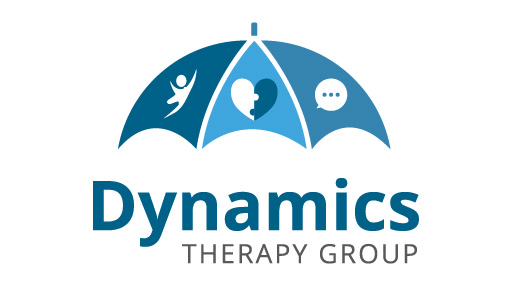
- Dysarthria is a speech disorder resulting from one or more sensorimotor difficulties (weakness, paralysis, incoordination, difficulty with controlling movements) acquired from medical conditions such as brain injury (e.g., stroke) and/or diseases (e.g., Parkinson’s disease, motor neuron diseases). These conditions affect the muscle strength and sensory abilities to execute movements needed for breathing, phonating, articulating and regulating resonance and prosody – all of which are essential in the production of intelligible speech.
Types of dysarthria include:
- Flaccid: speech muscle weakness
- Spastic: speech muscle hypertonia (heightened muscle tone resulting in spasticity)
- Ataxic: uncoordinated speech muscle movements
- Hypokinetic: slow and reduced speech movements, may appear rigid
- Hyperkinetic: repeated, sudden and involuntary speech muscle movements
- Undetermined: speech features are consistent with a dysarthria but cannot be categorized into any of the above dysarthria types
An individual may also suffer from mixed dysarthria, which is a combination of two or more dysarthria types.
Speech and Language Therapists can help individuals with dysarthria with appropriate speech rehab exercises, and impart speech strategies (e.g., regulating speech rate, volume) to improve speech intelligibility.
Some tips for supporting individuals with dysarthria include:
- Make adjustments to the environment, such as talking in a quiet area with good lighting
- Converse with the speaker face to face
- Pay close attention and remove distractions such as phones or background noise
- Do not pretend to understand
- Repeat back what you understood to ensure you understood the speaker, so the speaker does not have to start from the beginning
- If you don’t understand, ask a yes/no question or consider another mode of communication e.g. request that the speaker point or write down their ideas
Author: Aimee Coombes, Speech Therapist




